I think this is my first post here.
I have little knowledge on AC motors, and this machine I am servicing (an old Balltrap/Clay target shooting machine) left me baffled. The below diagram is a simplification of the wiring for the motor that arms the next clay target to be thrown. It has 3 wires that come from the driving board, and to my knowledge, no centrifugal switch (although not quite sure how to check this without disassembling). The driving board is an analog board with relay logic for the start and stop conditions (a button and a limit switch respectively).
For extra context, the motor goes through a gearbox and it's used to reduce speed/increase torque to compress a spring (which then shoots the clay target), so the run time each time is short, no more than 10-20 seconds each time.
Has anyone encountered this type of single phase motor, and if that's the case, can you give me some insight into how it is driven? The drive board is on its last legs and I'm attempting to make a homebrew drive board to keep the machine in service. The literature I find online for single phase motors only shows a secondary starting winding with a starting cap in series for all cases, but I have yet to come across this configuration.
I will take some measurements of the motor running during the week to provide more information.
simulate this circuit – Schematic created using CircuitLab
Thank you very much in advance.
UPDATE:
Modified the schematics to provide measurements taken during running. The driving board has some type of voltage increasing circuit as you can see. Sadly I cannot tell the timing of each voltage value, since I have to probe each pair individually, and I only have a simple multimeter.
Answers below indicate a reversible wiring, yet this motor only runs in one direction.
Video of the machine running: Youtube Link
The three black cables assemblies coming out of the green connector are 3, 1 and 2 from the left, respectively. There are some unused traces that can throw off since the board seems to be used for 3 phase motors as well.
The grey transformer is a stepdown to 15V for another signal unrelated to the motor itself.
